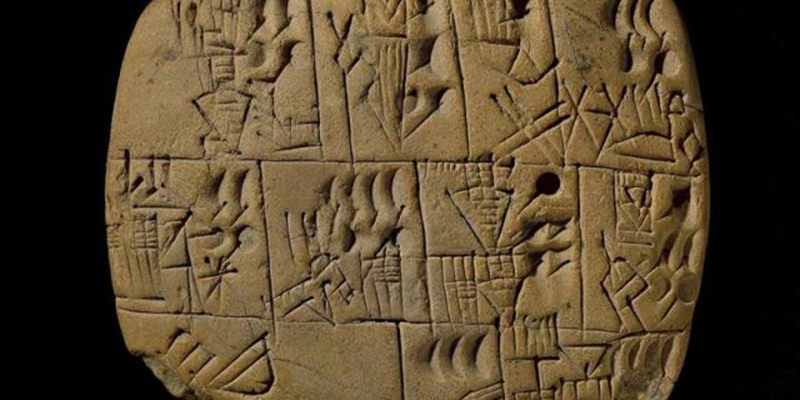We know that beer has an extremely long history, but we didn’t really know how crucial an element it was in society during ancient times until now. It turns out that at least 5,000 years ago, beer was one of the most important parts of daily life in the ancient Mesopotamian city of Uruk, located in modern-day Iraq.
According to a 5,000 year-old tablet uncovered in the territory that used to be Uruk, compensation for labor took liquid form, specifically beer form. This payment is depicted on the tablet with an image of a human head eating from a bowl, which means ration, with a conical vessel next to it, which means beer. Surrounding these symbols there are line scratches, which indicates the amount of beer for a specific worker.
Sumeria wasn’t the only ancient region where hours worked meant beers earned. In ancient Egypt, there are also records of people being paid with beer. According to the Smithsonian, workers who built the pyramids were paid roughly four to five liters a day.
You may be wondering why people would pay anyone in beer, as it doesn’t exactly produce efficiency. But back in ancient times, beer was thicker with a lower ABV, understood to be something that could serve in place of a meal. Thus, by paying workers in beer, you ensured your workers could stay on the clock without taking breaks to go home and eat. Also, they’d probably be a bit tipsy and maybe complain less about the ridiculously harsh working conditions.

